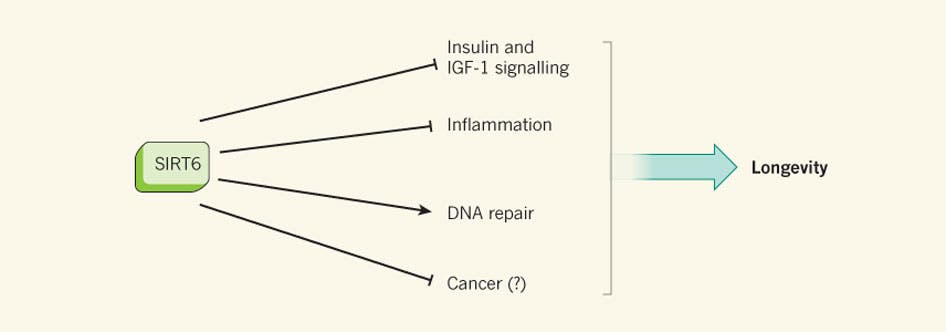Most organisms, including humans, have parasitic DNA fragments called ‘jumping genes’ that insert themselves into DNA molecules, disrupting genetic instructions in the process. This phenomenon can interfere with the good health of the individual, causing numerous conditions, including cancer. Now, a new study has documented how a protein called Sirt6 keeps these fragments (technically called retrotransposons) at bay. Better understanding this mechanism could be very important in fighting ageing.
“About half of the human genome is made up of retrotransposons,” said Professor of Biology Vera Gorbunova. “By better understanding why these genomic parasites become active, we hope to better understand and perhaps delay the aging process in humans.”
Retrotransposons usually remain inactive throughout the entire life, but once they become active, they can “jump around” through the genome, causing trouble in one or more areas of the body. Sirt6 keeps this expansion at bay. But what happens when you get older?

Well, as you age, your cells start to gather more and more DNA pieces, which has to be constantly maintained and repaired. Sirt6 plays a crucial role in that repair process – and as it has more and more to work to do, it has less and less resources to fight retrotransposons. Researchers believed that if they could supplement the body with the protein, there would be enough resources to handle DNA repairing and keep them at bay. They set out to see if this was the case.
In order to further test this idea, they artificially caused damage in the cells of younger mice. They then found that “stressed cells”, with more damage to the DNA also have more retrotransposons. Then, they also introduced Sirt6 protein in the mice, and found that the “jumping genes” disappeared.
“This suggests that supplying more Sirt6 protein might protect older cells from aging,” said Gorbunova. “The idea would be to increase the Sirt6 pool so that enough proteins are available for both DNA repair and for keeping the retrotransposons inactive.”
Was this helpful?



